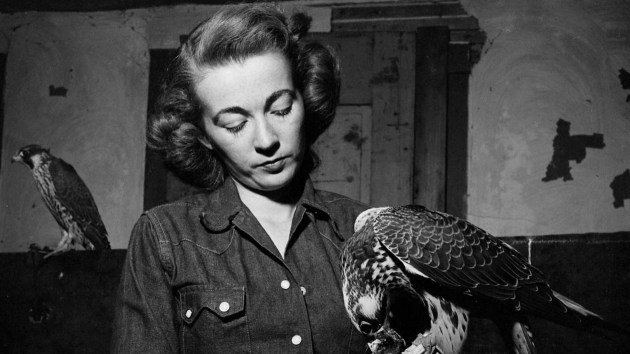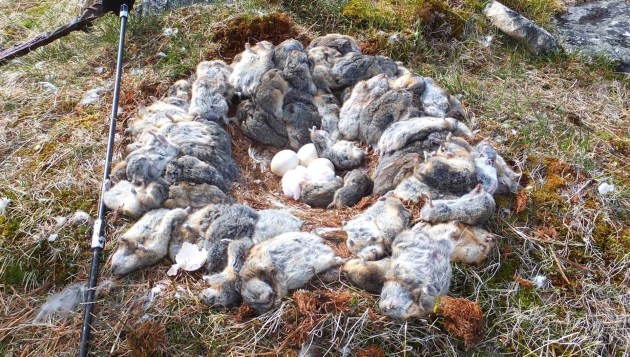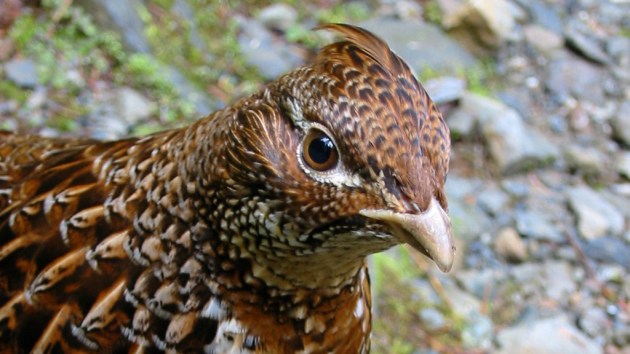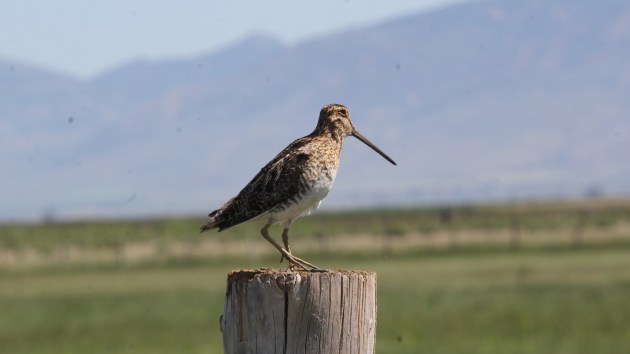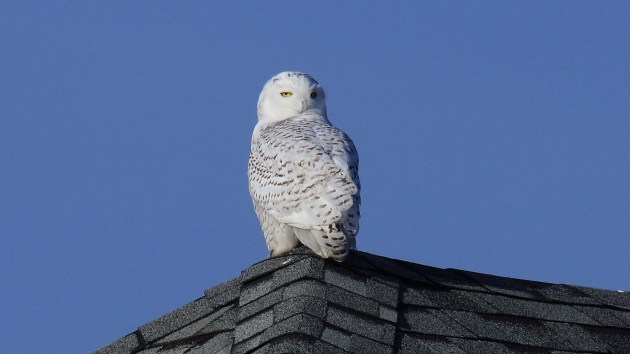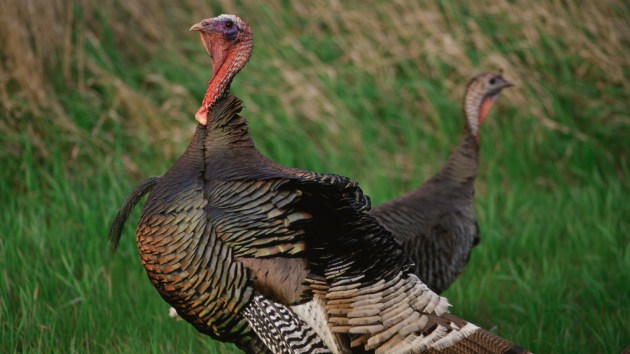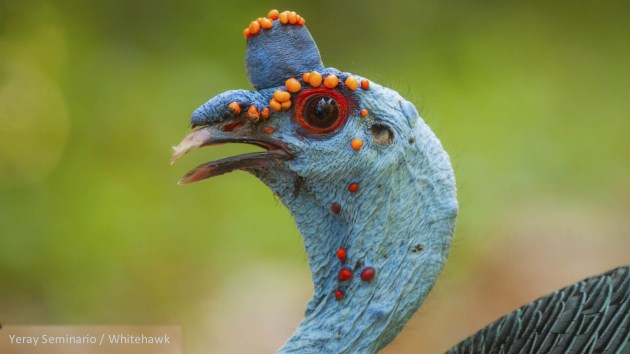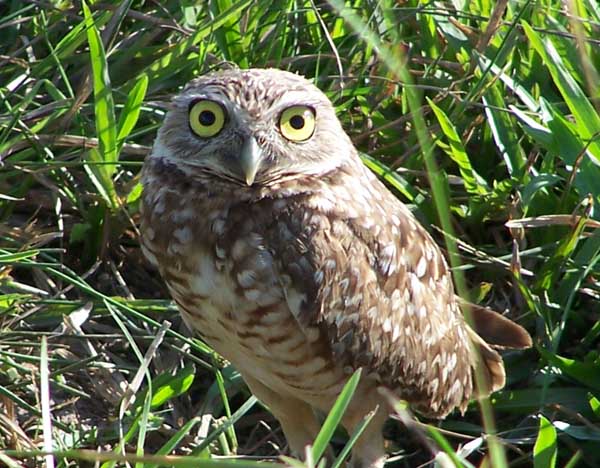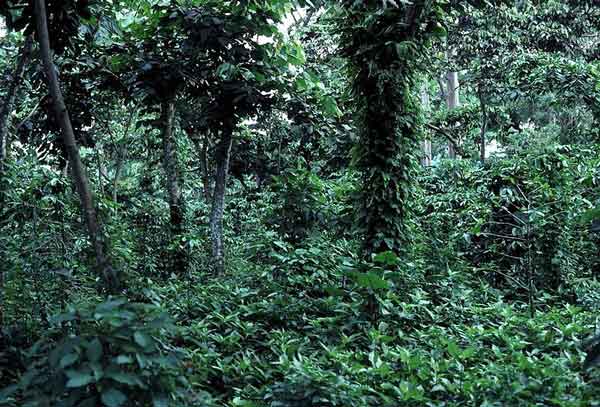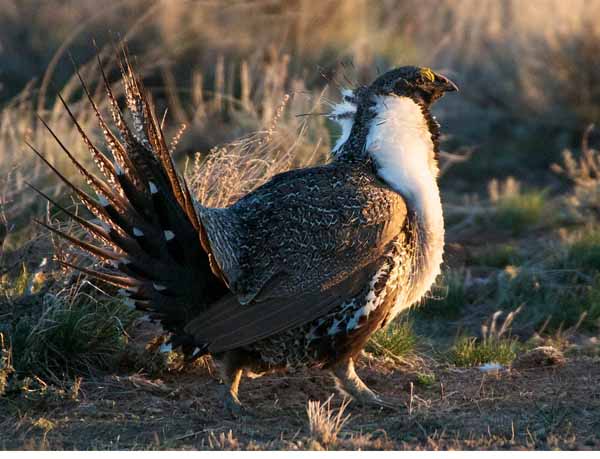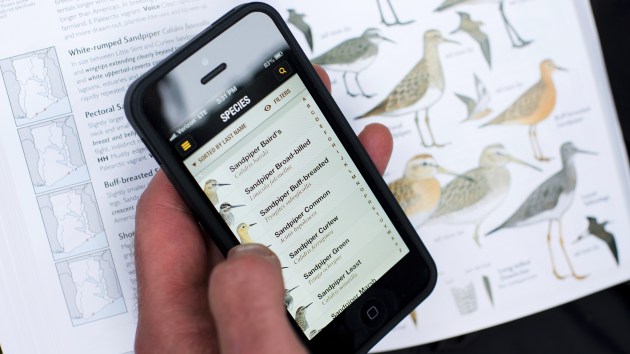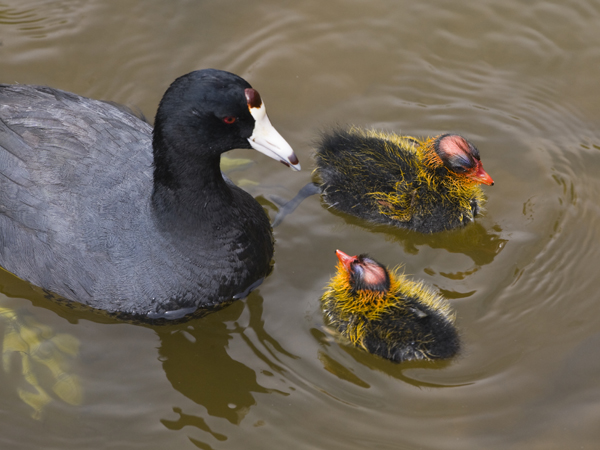Discover stories in Birds
Mad Men Go Falcon Trapping
Bird conservation, 1950s style. Blogger Joe Smith looks back at the unusual techniques used by bird banders, at a time when peregrine falcons faced a bleak and uncertain future.
The Amazing Lemming: The Rodent Behind the Snowy Owl Invasion?
Lemmings shape nearly every aspect of arctic ecosystems. Could their recent abundance also be a key factor in the snowy owl invasion occurring in the eastern United States?
The Grouse in Winter
Self-made snow igloos, "reverse" migrations and big sagebrush. The unusual ways 3 grouse species survive and thrive in deep snow and frigid temperatures.
The Snipe Hunt: Myth and Reality
Snipe hunting is just a practical joke, right? Well, not quite. Ornithologist Joe Smith shows how ornithologists utilize "snipe hunting" tactics in their field research. Seriously.
Snowy Owl Invasion!
The snowy owls are here -- especially if you live on the east coast! Birder extraordinaire Tim Boucher provides the latest on this natural phenomenon -- and how you can see this dramatic bird near you.
Wild Turkey Restoration: The Greatest Conservation Success Story?
Once, conservationists thought turkeys were doomed. Now, some consider the birds to be too abundant. How did we achieve this dramatic turn of events?
Meet the Ocellated Turkey
Put aside thoughts of the Thanksgiving bird. There's another turkey: a colorful bird that haunts Mayan ruins. Meet the Meleagris ocellata, the ocellated turkey.
Weird Nature: An Owl That Uses Dung Tools
Sure, burrowing owls are incredibly cute. But did you know that they are also one of the most intriguing tool users in the animal kingdom?
Shade Coffee: Not Just for the Birds
When it comes to coffee, we not only need to think about who grows the bean, but also how and where it is grown. Shade coffee is worth the investment, says Tim Boucher.
The Sage Grouse Initiative: Science to Solutions
For sage grouse, the the apocalypse comes in the form of fire, weeds, unplanned energy development and even encroaching trees. But now, these birds are the subject of “one of the largest conservation experiments ever undertaken in North America.” Is it enough to save them?
Boucher’s Birding Blog: Apps for the Smart Birder — Which One Should You Use?
Need an app that helps you identify birds in the field? Don’t bother searching for “birds” in any app store. Unless that thrush happens to be angry, those dozens of Angry Bird apps that pop up won’t be of any use to you.
Everyday Nature: Cartoonish Coot Chicks
<b>Most baby birds, cute though they may be, are not exactly colorful</b>. This makes good evolutionary sense: Baby birds, unable to fly, make easy meals for predators. They thus must blend into their surroundings. A drake mallard or canvasback is a colorful, striking water bird, but baby ducks are nondescript. They disappear into the marshy reeds, making it harder for a hungry raccoon or mink to find them. <b>Not so the <a href="http://www.allaboutbirds.org/guide/american_coot/lifehistory">American coot</a></b>. Adult coots are fairly drab birds. But their babies? <b>They look like they were designed by a deranged tattoo artist.</b> The front half of the coot’s body is covered in orange-tipped plumes, giving them a jarring appearance. We’re not used to seeing baby birds covered bright feathers. <b>While this orange fades rather quickly</b>—in about six days—it still leaves them conspicuous when they are at the most vulnerable stage of their lives. This coloration makes them more susceptible to predation. <b>What advantage would such feathers possibly confer?</b>
